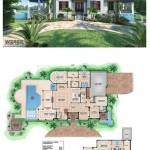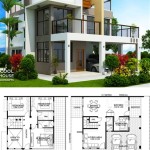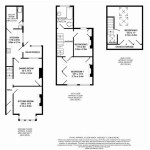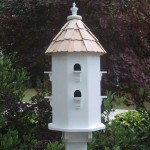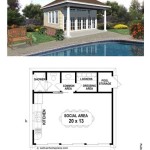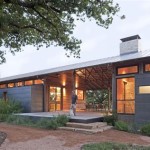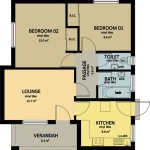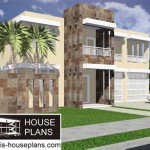Essential Aspects of Commercial Greenhouse Plans Designs
Designing a commercial greenhouse is a complex undertaking that involves multiple factors. By considering these essential aspects, you can create a greenhouse that meets your specific needs and maximizes your productivity.
1. Location and Site Selection
The location of your greenhouse is crucial. Factors to consider include access to sunlight, wind exposure, and proximity to water and utilities. Choose a site with ample sunlight, protection from strong winds, and good drainage.
2. Structural Design
The structural design of your greenhouse determines its strength and durability. Consider the weight of equipment, crops, and snow load factors. Choose a structure that can withstand the elements and provide adequate support for your plants.
3. Greenhouse Covering
The greenhouse covering is essential for controlling light transmission and temperature. Choose a material that balances light diffusion, insulation, and durability. Common options include glass, polycarbonate, and polyethylene.
4. Environmental Control Systems
Environmental control systems regulate temperature, humidity, and ventilation within the greenhouse. Invest in systems that provide precise control and monitoring. These include heating and cooling systems, humidifiers, dehumidifiers, and ventilation fans.
5. Irrigation System
An efficient irrigation system is crucial for plant health and growth. Consider both manual and automated irrigation options. Factors to consider include water source, crop type, and greenhouse layout.
6. Lighting Systems
In areas with limited sunlight, supplemental lighting may be necessary. Choose lighting systems that provide the appropriate wavelength and intensity for your crops. Factors to consider include crop requirements, energy efficiency, and maintenance costs.
7. Growing Systems
The growing system you choose will impact space efficiency and productivity. Options include bench systems, hydroponic systems, and vertical farming systems. Consider the crop type, labor requirements, and available space.
8. Sustainability Considerations
Incorporate sustainable practices into your greenhouse design. Use energy-efficient lighting and heating systems. Consider rainwater harvesting and recycling systems. Aim for optimal resource utilization and reduced environmental impact.
9. Labor Efficiency
Design your greenhouse to maximize labor efficiency. Automate tasks such as irrigation and feeding. Create a logical workflow that minimizes movement and improves productivity.
10. Flexibility and Expandability
Consider the future needs of your business. Design your greenhouse with flexibility and expandability in mind. Invest in modular systems and equipment that can be easily added or modified as your needs change.
By carefully considering these essential aspects, you can create a commercial greenhouse plan that ensures optimal plant growth, increased productivity, and a sustainable operation.
Ceres Schematic Design Bringing Your Commercial Greenhouse Facility From Idea To Reality Cans

Greenhouse Floriculture Selecting And Building A Commercial Center For Agriculture Food The Environment At Umass Amherst

Ceres Schematic Design Bringing Your Commercial Greenhouse Facility From Idea To Reality Cans

Commercial Greenhouse Design News

Greenhouses Fully Custom Solar Innovations

Bul235 Ae016 Florida Greenhouse Design

Advancing Sustaility Through Smart Greenhouse Design Agritecture

Commercial Greenhouse Structures Ggs

Greenhouse Design Engineering Plans Pse Consulting Engineers Inc

Greenhouse Floriculture Selecting And Building A Commercial Center For Agriculture Food The Environment At Umass Amherst

